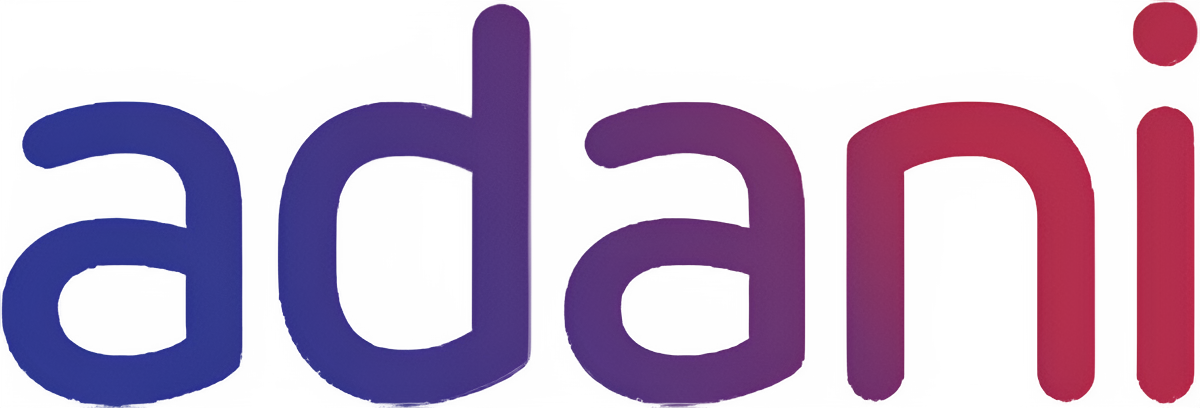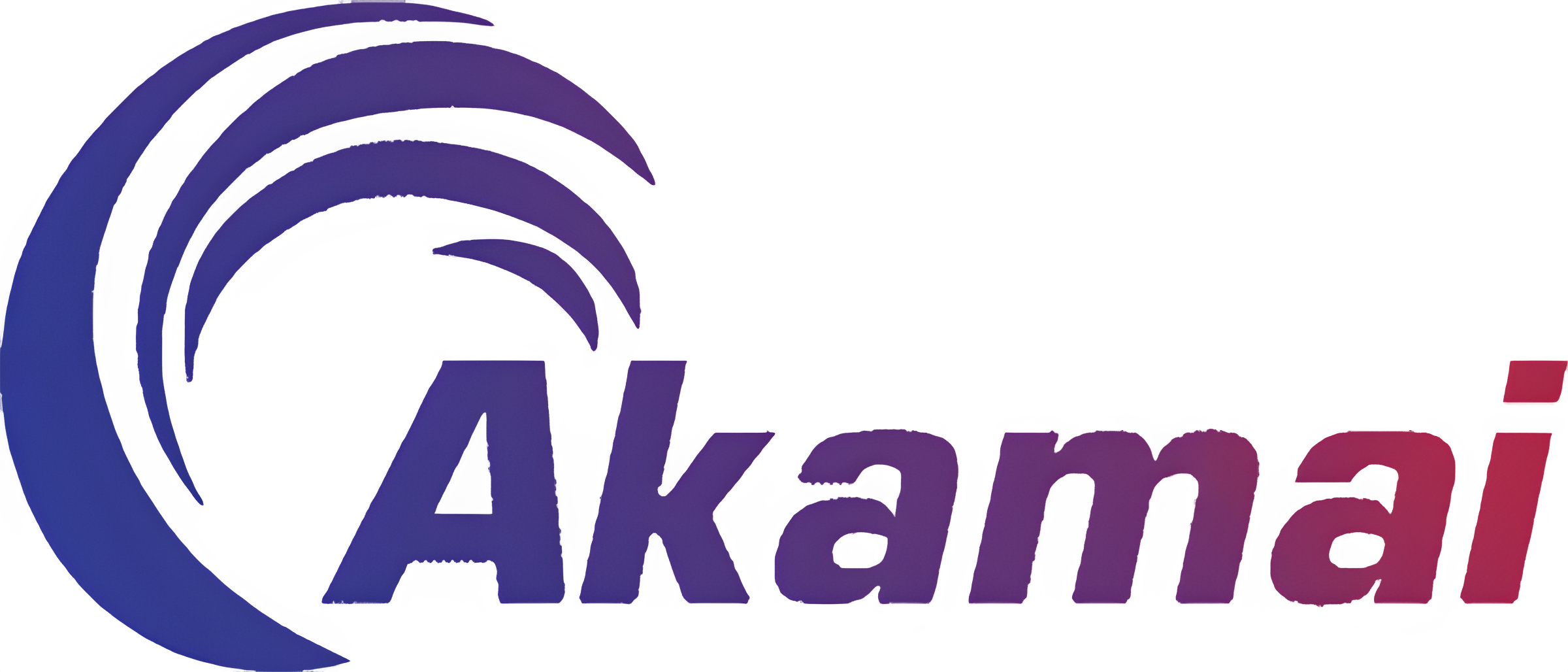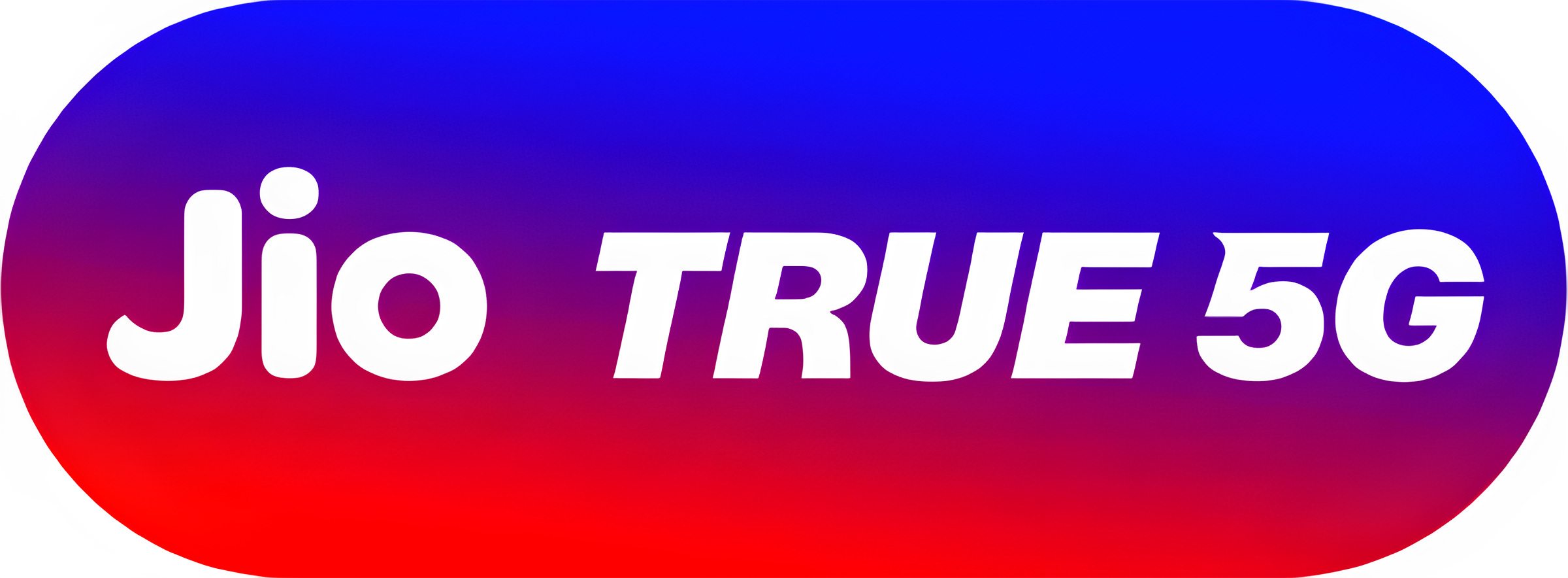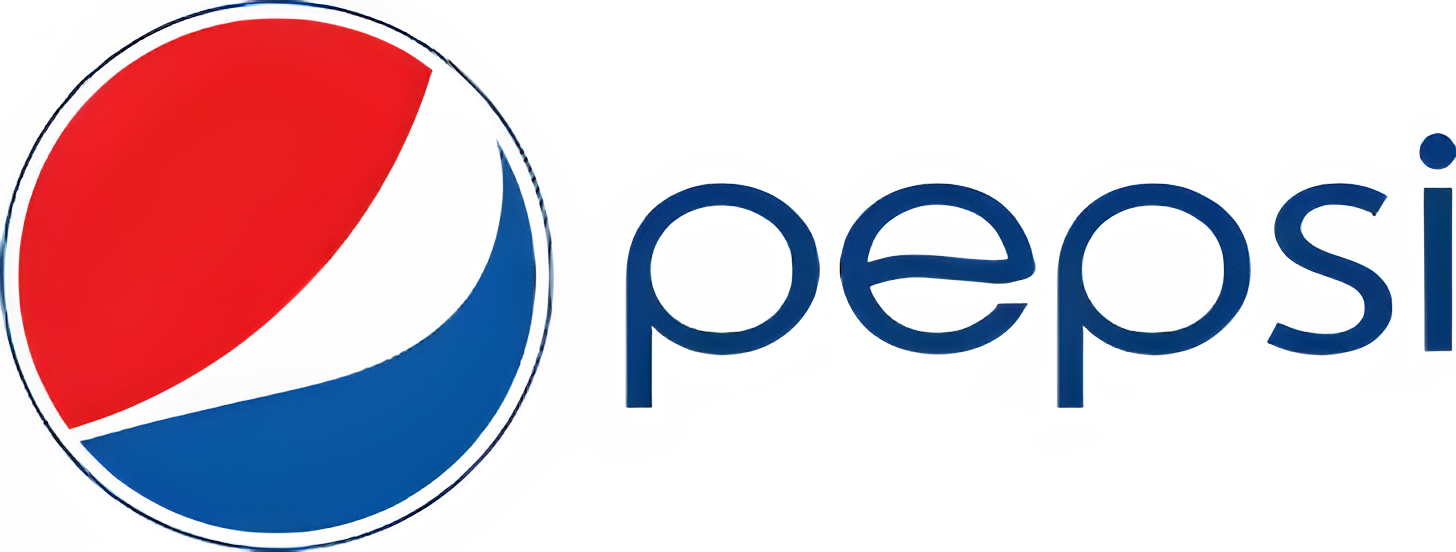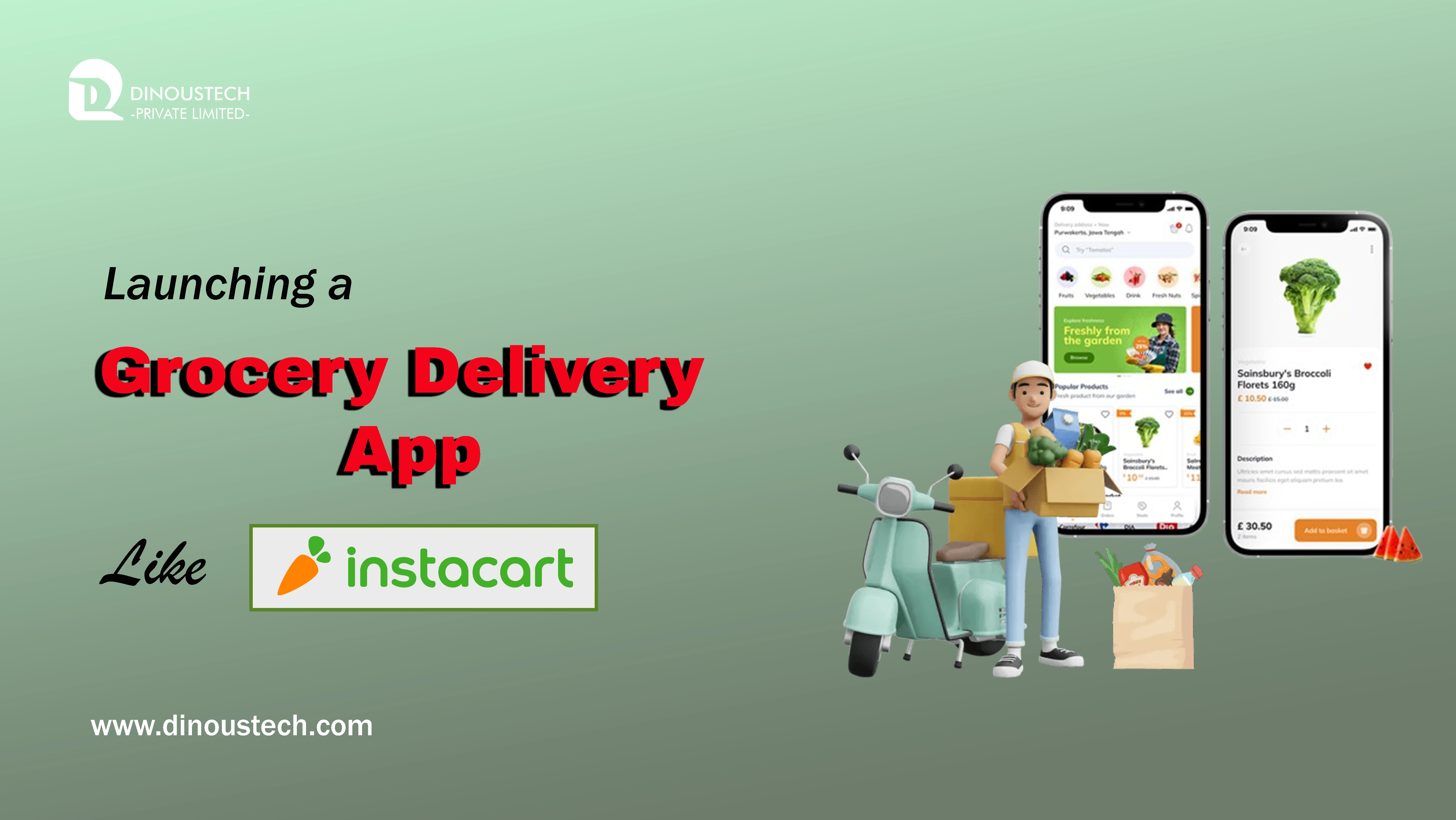Launching a Grocery Delivery App Like Instacart: What You Need to Know
Launching a grocery delivery app like Instacart requires more than copying features—it demands a holistic approach that blends user centric design, hyperlocal logistics, advanced technology, and strong operational foundations. This guide explores how to integrate dark stores and micro fulfilmentcanters, leverage AI for personalization, optimize last mile delivery, and ensure sustainability. We’ll also cover security and regulatory best practices, outline a streamlined development process with transparent grocery app development cost estimates, and highlight how partnering with an affordable software development company or specialized grocery app development company can accelerate your project. By emphasizing expertise, experience, authority, and trust (E E A T), you’ll learn what it truly takes to build a standout on demand app development solution in 2025.
Rethinking Grocery Delivery with Dark Stores and Micro Fulfilment
Rather than relying solely on traditional supermarkets, leading platforms have embraced “dark stores”—dedicated fulfilment hubs optimized for online orders—which act as mini warehouses nestled within neighbourhoods to reduce pick and pack times. Coupling dark stores with automated micro fulfilmentcentres enhances throughput: robotics and conveyor systems pick items in seconds, slashing order turnaround and labour costs. This localized fulfilment model enables real time inventory visibility across multiple nodes, ensuring customers see only available stock and minimizing disappointment at checkout.
Crafting a Seamless User Experience
In a crowded market, user satisfaction hinges on intuitive interfaces and personalized interactions. Instacart’s app, for example, features biometric login and passkeys for security and ease of access. A one tap reorder function based on past purchases shortens paths to checkout, while AI driven recommendations suggest complementary products and dietary substitutes, raising average order value by up to 12%. Savvy grocery delivery app development companies integrate “smart lists” that adapt based on shopping patterns, and provide real time chat support to resolve issues instantly. Offering multiple fulfillment options—express (30 minutes), scheduled delivery, or curbside pickup—caters to diverse lifestyles and maximizes order frequency.
👉 Also Read: - Make a Short Video App Like TikTok: Development, Features & Challenges
Hyperlocal Logistics and Route Optimization
Efficient last mile delivery is the linchpin of customer loyalty. Hyperlocal routing engines assign orders to shoppers based on proximity and capacity, then optimize multi-stop runs to minimize driving time and fuel consumption. Real-time traffic data and predictive analytics help reroute drivers around congestion, reducing average delivery times by 20%. To further cut environmental impact and costs, some pilots experiment with drone deliveries for lightweight groceries, achieving deliveries under 10 minutes within a 5-mile radius. Integrating electric vehicle fleets and consolidating orders in curbside lockers also boost sustainability credentials.
Leveraging AI and Personalization
Today’s consumers expect grocery apps to anticipate their needs. By harnessing machine learning on purchase histories, dietary preferences, and seasonal trends, platforms can deliver hyper-personalized shopping experiences that drive engagement and retention. Dietary filters—such as vegan, keto, or gluten-free—combined with AI-powered search enhance product discovery and reduce choice paralysis. Advanced fraud detection models safeguard transactions by analyzing behavioral patterns, while dynamic pricing engines adjust service fees during peak demand, balancing margins with fairness.
👉 Also Read: - Turning Sports Passion into Profit: Build Your Own Fantasy App Today
Technology Architecture for Scale and Reliability
A robust mobile app development company will propose a microservices backend, where discrete services—user, catalog, orders, payments, notifications—scale independently under container orchestration with Kubernetes. APIs expose functionalities to both Android vs. iOS App frontends built in React Native or Flutter, supplemented by native modules for barcode scanning and background location tracking. A polyglot data layer uses PostgreSQL for transactional integrity and Redis for caching hot data, while event streams via Kafka handle asynchronous workflows like order confirmations and stock updates. All media assets—product images and promos—are served via a CDN to ensure low latency worldwide.
Ensuring Security and Compliance
Handling personal and payment data mandates rigorous security. Implement TLS 1.2+ for in-transit encryption and AES-256 for data at rest, alongside OAuth 2.0/JWT authentication for secure API access. PCI DSS–compliant payment gateway integration assures users that card details are protected. Role-based access controls restrict internal dashboards to authorized personnel, and regular penetration tests confirm defenses against SQL injection, XSS, and DDoS attacks. Transparent privacy policies and consent mechanisms build trust, an essential facet of E-E-A-T.
Building the App: Process and Partnerships
Embarking on grocery app development in 2025 starts with discovery workshops to align stakeholder goals, define user personas, and map critical flows. Wireframes and interactive prototypes validate designs before coding commences. Adopting Agile sprints with integrated QA ensures continuous delivery and early identification of usability issues. While in-house builds can offer control, many brands partner with an affordable software development company or a specialized grocery delivery app development company to leverage domain expertise and cost efficiencies. Fixed price contracts or dedicated team models balance budget predictability with flexibility as requirements evolve.
Transparent Costing and Timelines
Estimating grocery app development cost hinges on feature scope and complexity. A basic MVP—featuring user accounts, catalog browsing, cart, checkout, and delivery tracking—typically ranges from USD 40,000 to USD 80,000 when working with reputable offshore teams. Adding AI personalization, multiple fulfillment modes, and loyalty integrations elevates costs to USD 100,000–200,000. For enterprise-grade solutions with multi-regional support, dark store orchestration, and advanced analytics, budgets can exceed USD 300,000, with timelines spanning 6–12 months. Partnering with a trusted grocery app development company can optimize these figures through pre-built modules and industry best practices.
Launch Strategies and Growth Tactics
A successful launch relies on more than code quality. Early partnerships with local grocers and dark store operators secure diverse inventory and competitive pricing. Beta programs in targeted neighborhoods generate valuable feedback and word-of-mouth promotion. Referral incentives—such as discount codes or free deliveries—ignite network effects, while time-limited promotions encourage first-time orders. Content marketing focused on recipes, health tips, and sustainability resonates with socially conscious consumers. Lastly, robust analytics dashboards track key metrics (DAU, order frequency, AOV) to guide iterative enhancements.
👉 Also Read: - Make a Logistics App Like Porter for Hyperlocal Deliveries
Sustainability and Community Impact
Modern consumers reward brands that demonstrate environmental responsibility. Consolidated delivery routes cut carbon emissions, and eco-friendly packaging options attract eco-aware shoppers. Initiatives like reusable grocery bags or deposit return schemes promote circularity. Community partnerships—donating unsold produce to food banks—enhance brand reputation and deepen local ties. By embedding sustainability into operations, you deliver not only convenience but also social value.
Conclusion
Building a grocery delivery app like Instacart involves mastering an intricate blend of technology, logistics, user experience, and partnerships. By focusing on dark store and micro-fulfillment strategies, leveraging AI-driven personalization, optimizing last mile routes, and embedding sustainability, you create a differentiated offering. Transparent grocery app development cost estimates and a clear Agile process—with support from an affordable software development company or dedicated grocery app development company—ensure your project stays on time and budget. With mobile app development company expertise and a commitment to E-E-A-T principles, your on-demand app development journey in 2025 can redefine the grocery landscape. Partner with DinousTech Private Limited to bring your vision to life, delivering fresh groceries and exceptional user experiences to your community.

